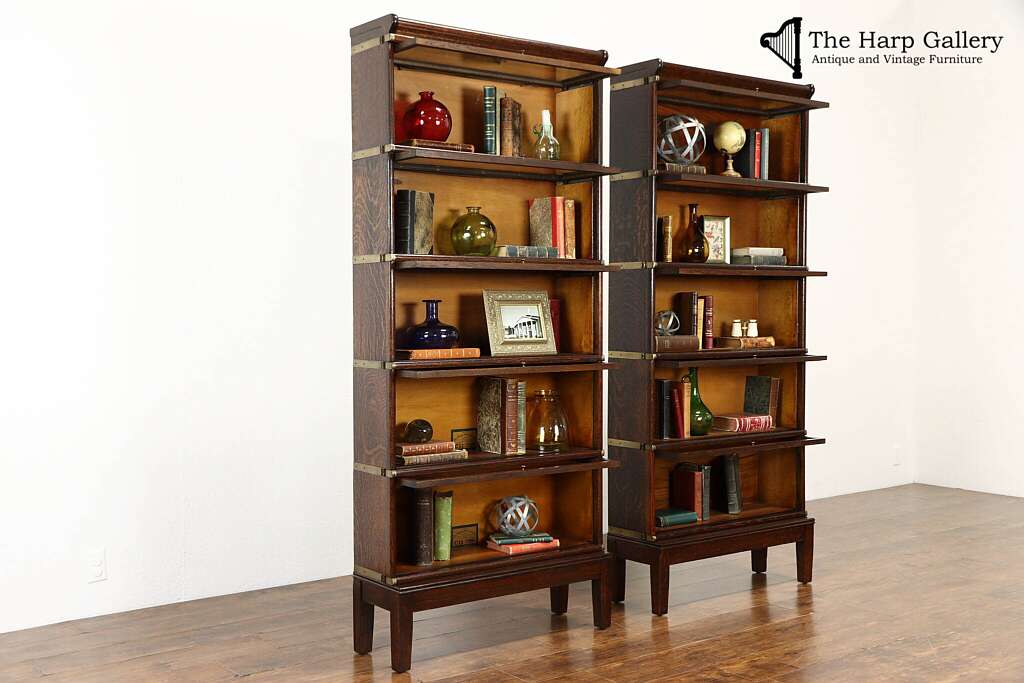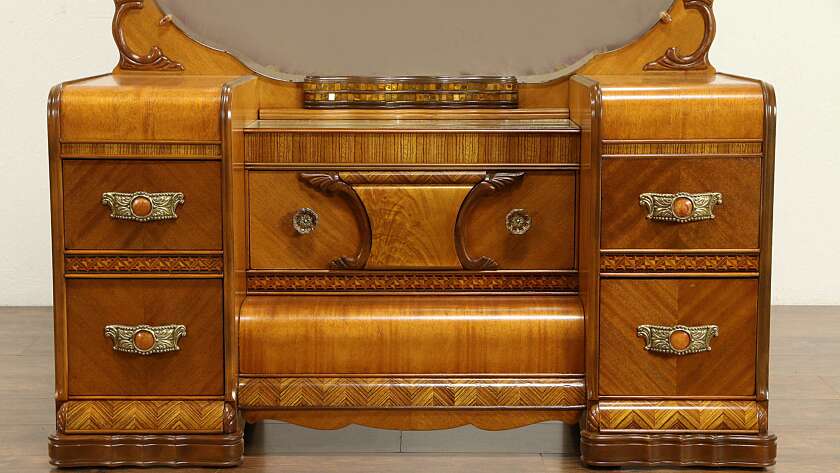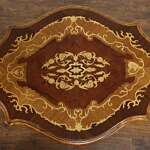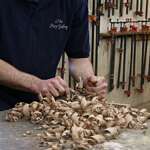The Harp Gallery has always carefully examined every piece we offer to be sure that it is strong, safe, beautiful, and durable to use. Our staff of 17 restoration experts repair whatever is needed so that these wonderful antiques will serve future generations. We do not do authentic museum-quality restoration, we do practical restoration work that is easy to live with for real families to use. When finishes are worn out, missing or already redone, we make our best decision for beauty and durability and refinish and repair as needed. Whatever can be preserved is glued, cleaned, waxed or rubbed out for a functional outcome.
Below is an abbreviated explanation by the producer of PBS’s “Antiques Roadshow,” outlining their view of restoration and refinishing. It is an answer to the impression many viewers have that “everything should always be left original.” Everyone with an old house or car believes in maintenance and restoration, we believe the same is true of furniture, with rare exceptions.
Author Ken Melchert has taught Art History for many years. Since 1985, Ken and his wife Rebecca have operated the Harp Gallery Antiques in Appleton, WI.
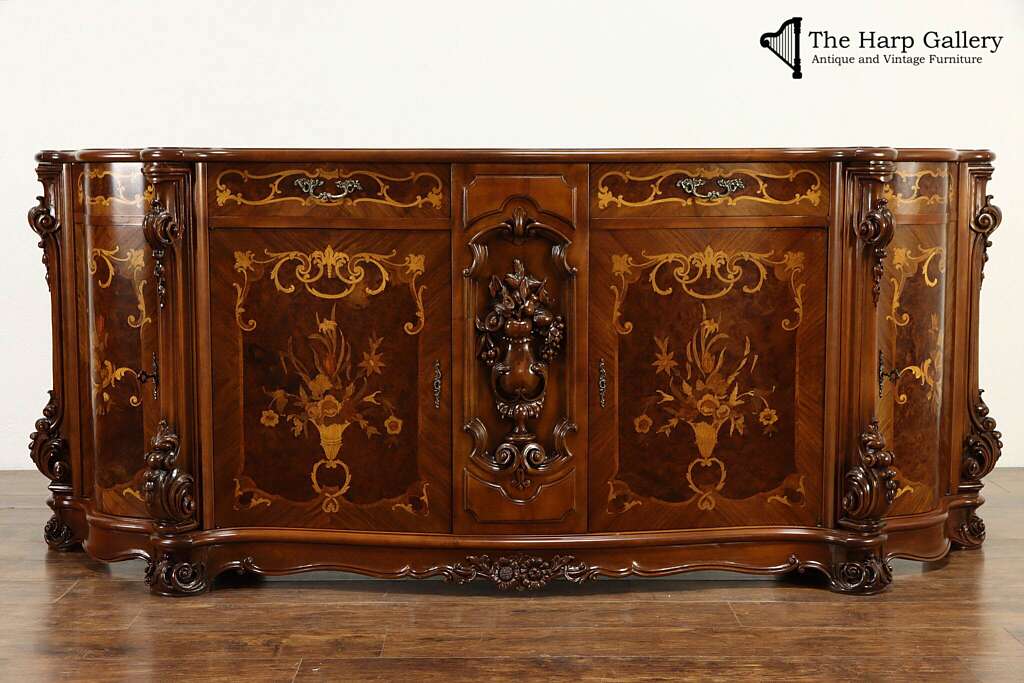
Summary of “Antiques Roadshow” and Refinishers
By Peter B. Cook, executive producer of Antiques Roadshow
“Antiques Roadshow” generally agrees with this notion: Well-conceived and well-executed refinishing and restoration usually enhances the value of just about any piece of old furniture”.
Antiques Roadshow received a letter pointing out that our apparent obsession with “original finish” has had the effect of misleading the public about what repairing and refinishing actually do to the value of furniture – most furniture, that is.
It was fair enough to point out that for very old, very valuable, museum-quality furniture, “a refinished piece has less value than a piece in pristine original condition. But the Roadshow reaches millions of people who almost never see this type of furniture other than in museums.”
The Roadshow misleads people when appraisers talk about value lost because of refinishing, they don’t make the point that they’re only talking about certain rare pieces. And they usually don’t make the point that anything repaired and or refinished was probably in pretty poor shape to begin with. The unfortunate result is that people are afraid to have their dilapidated furniture touched. “They’re even afraid to have minor damage repaired for fear of making a serious financial mistake.”
“Experts on the Roadshow, emphasizing the value and beauty of an original finish in good condition, should also advise the public that most furniture does not lose value when refinished, and that, in fact, this furniture should get a new finish when the old one loses its visual and protective qualities.” Let the record show that Antiques Roadshow generally agrees with this notion: Well-conceived and well-executed refinishing and restoration usually enhances the value of just about any piece of old furniture. Exceptions are those rare (often museum-quality) pieces that have somehow survived in great ‘original’ condition.
